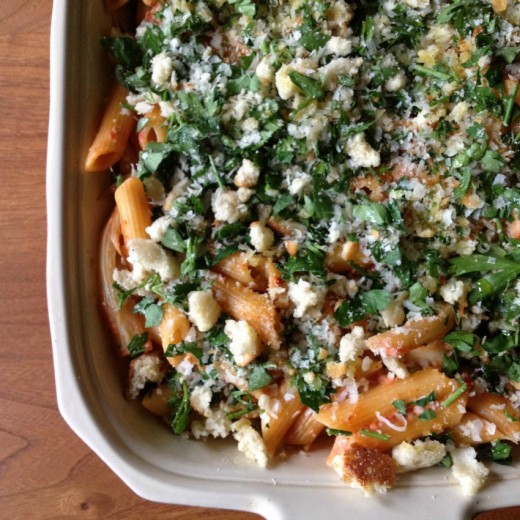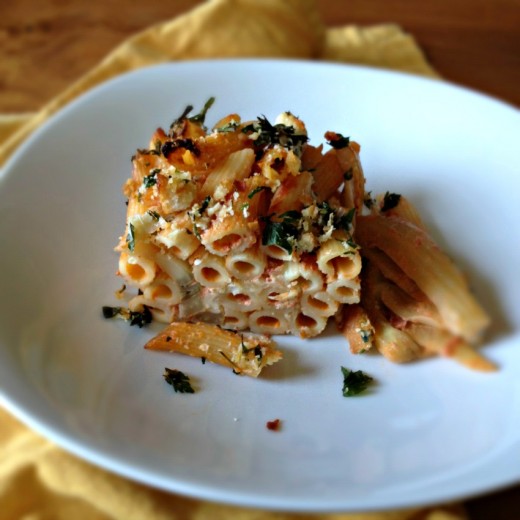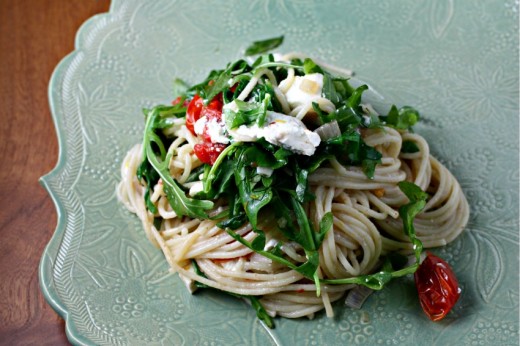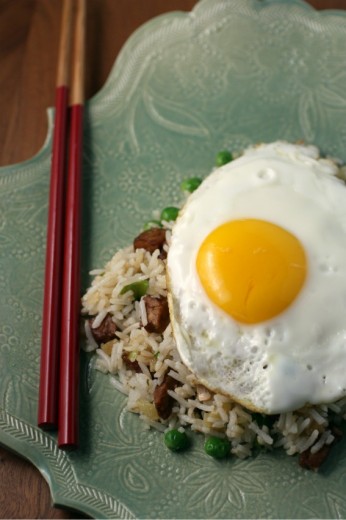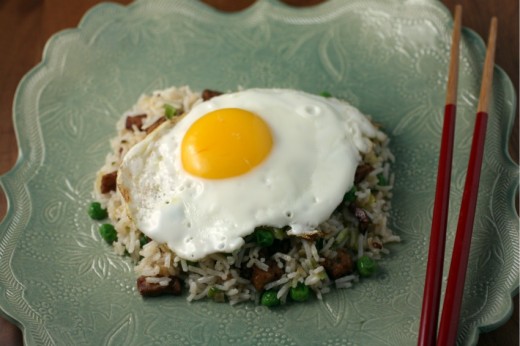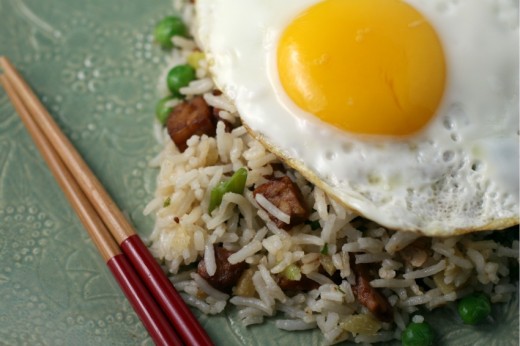
About a year and a half ago, Randy started a new job. He had spent 6½ years at Microsoft – a company known for their innovation, excellent benefits, fair pay, exciting opportunities, and grueling schedules. Randy had a great career there but the work/life balance was out of whack. When he had the opportunity to join a start-up, working with two close friends, he jumped. (I wrote more about the job and the decision to take it here.)
Almost immediately, our lives changed for the better. In the Microsoft days, Randy would leave before 6am and return home around 7:30pm. He did this to avoid sitting in traffic which is epic on the 520 bridge – the span that connects Seattle to Redmond where the Microsoft headquarters are. He was pretty good about not working on the weekends or in the evenings, but the job was ever-present. Like the big elephant in the room that everyone tries to ignore. He traveled nearly constantly toward the end of his time there. When he was home, he was exhausted from time zone changes and the stress. It was not a life that was sustainable for our family. Fortunately he understood that and together we decided it was time to make a change.
The start-up was 2.1 miles from our house. It had a more relaxed atmosphere – more work/life balance. Randy is a self-described “type triple A” personality, so it’s not like he slacked off, but I truly felt like he put family first. He was home around 6 every night and was able to help with drop-offs and pick-ups which allowed me to create my career and take the job as culinary director at Book Larder.
There were several scenarios for how the job at the start-up would play out and we talked about them from time to time. Maybe the company would get bought. Maybe he would get recruited for another job at another company. Maybe the three friends would get hired as a power team to build something new. I’m not sure that either of us thought that the company would just implode. But sadly, that is what happened.
Fortunately, we had some warning. A couple of months ago, we found out that, unless someone bought the company, the leadership team would be laid off at the end of May. Randy was incredibly busy looking for a job, networking, taking recruiting calls, while simultaneously helping get the company get acquired and also just doing his day job. And then, the last ditch effort didn’t work. His last day was Tuesday. The company is still there and there are a few people still working on business but Randy is officially unemployed. We both feel sad about this for many reasons. He poured a lot into that company both in sweat equity and money. There are friends who no longer have jobs. He is a little unmoored being without a job for the first time since he was 18 years old. Our life and our future is very uncertain right now.
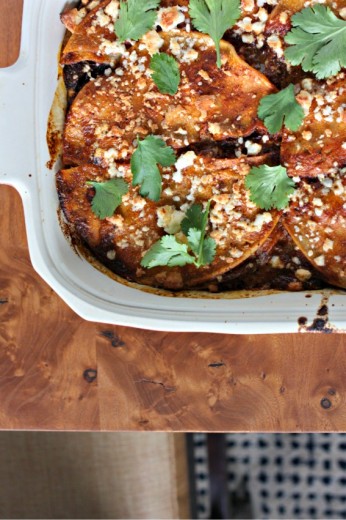
We are extremely lucky in that we have just about 100% certainty that he will get a great job. He has been interviewing like crazy and has about 10 opportunities that are possible at the moment. We have enough money stashed away that we don’t have to worry about this little interim period until the next job starts. He is trying to enjoy having a bit of time and being able to focus on just talking to people and finding the right job.
Almost everyday for the past few weeks I have gotten calls from him about opportunities. “Would you move to Boise?” “Would you move to San Francisco?” “LA?” “Denver?” “New Jersey?” “Luxembourg?” “South Korea?” My answers to those questions are complicated. I don’t want to move. I want to stay in Seattle. I want to continue to teach my classes at home and work cool events at Book Larder and stay near my incredible network of friends and my family. After working so hard to find the right school for Graham, I don’t want to have to start that whole process again. At the same time, I appreciate that the right job might not be in Seattle. Randy is a fairly senior guy and those jobs are not a dime a dozen. He is an amazing man – so smart, so successful, so hardworking. He should be running a company – if not now then soon. I can’t hold him back from the next step just because I don’t want to move. He is respectful of my feelings and is trying hard to keep us here. But neither of us knows what is next.
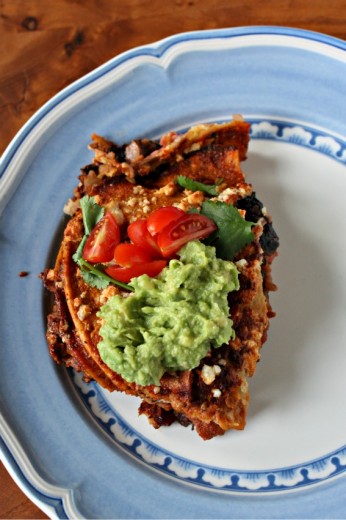
(Pardon the intense color on this photo.)
I went on a great blogging trip this week to Monetery with Dole to learn more about their salad greens. I thought I was leaving on Tuesday but when when I went to print out my boarding pass on Monday night, I realized that the trip was actually Wednesday – Friday. I was relieved. I would be able to be home on Tuesday night and have dinner with Randy after his last day of work. An emotional day for us both. In order to keep the mood light, I asked him what he wanted me to make for dinner. Of course he said Mexican.
I taught a class at Book Larder last month using some recipes from some of Rick Bayless’ books. I love his recipes and decided to do a riff on one for Randy’s Last Day of Work Dinner. I wasn’t sure what he would think – Randy is kind of a burrito/enchilada/quesadilla guy. I wasn’t sure this “other” type of dish would fly. I hate to say it was like a Mexican lasagne because that does a disservice to both Mexican food and lasagne. But you make a sauce (a salsa really), you layer tortillas with yummy things like sautéed mushrooms and chard and beans cheese, and you bake it. We loved it. Like really loved it. I’m glad that, along with a bottle of special wine and a big salad, we were able to toast the end of this chapter, and begin thinking about the next.
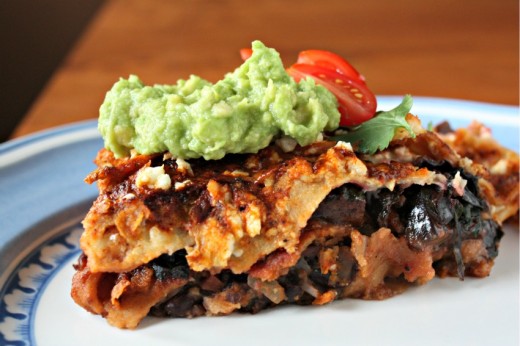
One Year Ago: Roasted Sesame and Panko Coated Asparagus with Soy-Ginger Drizzle
Two Years Ago: Chocolate Truffles, Gianduja Gelato
Three Years Ago: Rhubarb Streusel Tart, Bean Tostadas with Sofrito, Niçoise Salad
Layered Pasilla-Tortilla Casserole with Black Beans, Mushrooms, and Chard
Adapted from Mexican Kitchen
Serves 4-6
I made a lot of changes to this recipe, added in some things, swapped out others, changed the size of the baking dish, but this is still a Rick Bayless recipe. I used canned beans here because I was short on time but ideally, dried would be best. This recipe has a lot of components but they come together quickly. You can always make the sauce the day before. I would imagine, like lasagne, the whole thing can be assembled earlier in the day and just kept in the refrigerator until you want to bake it. Add another 5-10 minutes to the baking time if you do so.
For Pasilla Sauce:
½ head of garlic, broken apart but not peeled
6 medium (about 2 ounces) dried pasilla chiles, stemmed and seeded
1 tsp. dried oregano
½ tsp. ground cumin
Olive oil
1 cup vegetable broth
Kosher or sea salt
For the mushroom layer:
2 medium portabello mushrooms, black gills scraped out, thinly sliced
2 garlic cloves, minced
½ bunch of chard, leaves stripped off the stalks, roughly chopped
For the casserole:
1 small white onion, diced
2 cups cooked black beans (I used 1 15-ounce can, drained)
8 corn tortillas
½ cup sour cream or crème fraîche thinned with a little cream or milk
6 ounces cotija cheese
Make the sauce:
Roast the unpeeled garlic on an ungreased griddle or heavy skillet over medium heat, turning occasionally, until soft (they will blacken in spots), about 15 minutes; cool and peel. While the garlic is roasting, toast the chiles on another side of the griddle or skillet. Do 1 or 2 at a time: open them first and press down firmly on the hot surface with a spatula; in a few seconds, when they crackle, even send up a wisp of smoke, flip them and press down to toast the other side. In a small bowl, cover the chiles with hot water and let rehydrate 30 minutes, stirring frequently to ensure even soaking. In a food processor or blender, combine the chiles, garlic, oregano, cumin, and about 1/3 cup of the soaking liquid. Blend to a smooth purée, scraping down and stirring frequently. (If necessary, add a little more broth to get the blades moving.)
With a rubber spatula, working the pasilla paste through a medium-mesh strainer into a bowl. Heat about a tablespoon of oil in a medium saucepan, then add the paste and a pinch of salt. Cook, stirring constantly, until dark and very thick, about 4 minutes. Stir in the broth and simmer, partially covered, for 30 minutes. Taste and season with salt. Keep warm over very low heat.
Preheat the oven to 350ºF.
Make the beans:
Heat about a tablespoon of oil in a medium skillet over medium heat. Add the onion and a large pinch of salt. Cook until brown in spots, about 10 minutes, then add the beans. Using a potato masher or the back of a large spoon, mash to a coarse purée. Add water or bean broth to thin the beans, if necessary, to an easily spreadable, but not runny, consistency. Taste and season with salt. Cover and keep warm.
Make the mushroom filling:
Heat another tablespoon of oil in a large skillet over medium-high heat. Add the mushrooms and a large pinch of salt and sauté, stirring occasionally, until the mushrooms start to give off their liquid. Add the garlic and continue to cook, stirring occasionally, until most of the liquid has evaporated. Add the chard leaves and sauté until the chard is nice and soft and the pan is mostly dry, about 10 minutes. Taste for salt and season as needed.
Assemble the casserole:
Spread about 1/3 of the sauce in the bottom of an 8×12-inch baking dish. Put down a layer of tortillas, just barely overlapping. Top with the beans, another layer of tortilla halves, another 1/3 of the sauce, half the cream, and half the cheese. Top with the mushroom mixture. Add a final layer with the remaining tortilla halves, remaining sauce, cream, and cheese. Bake, uncovered, until bubbly, about 20 minutes. Let stand for a few minutes to firm up, then cut into squares.
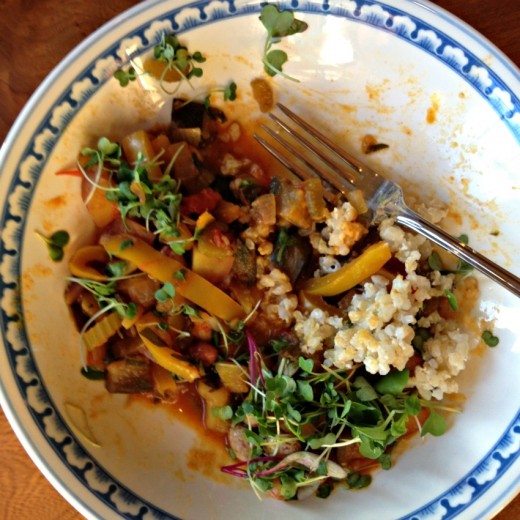
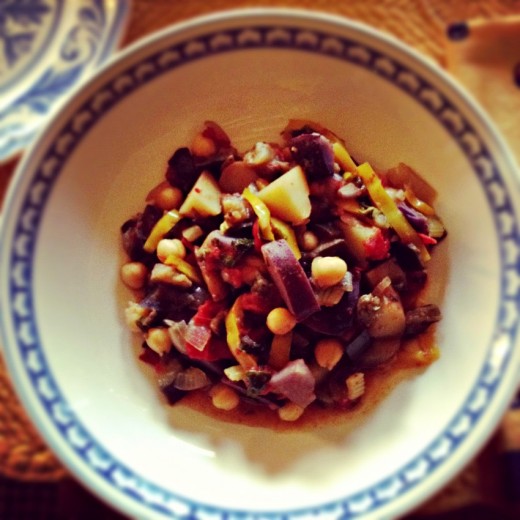


 Share
Share
